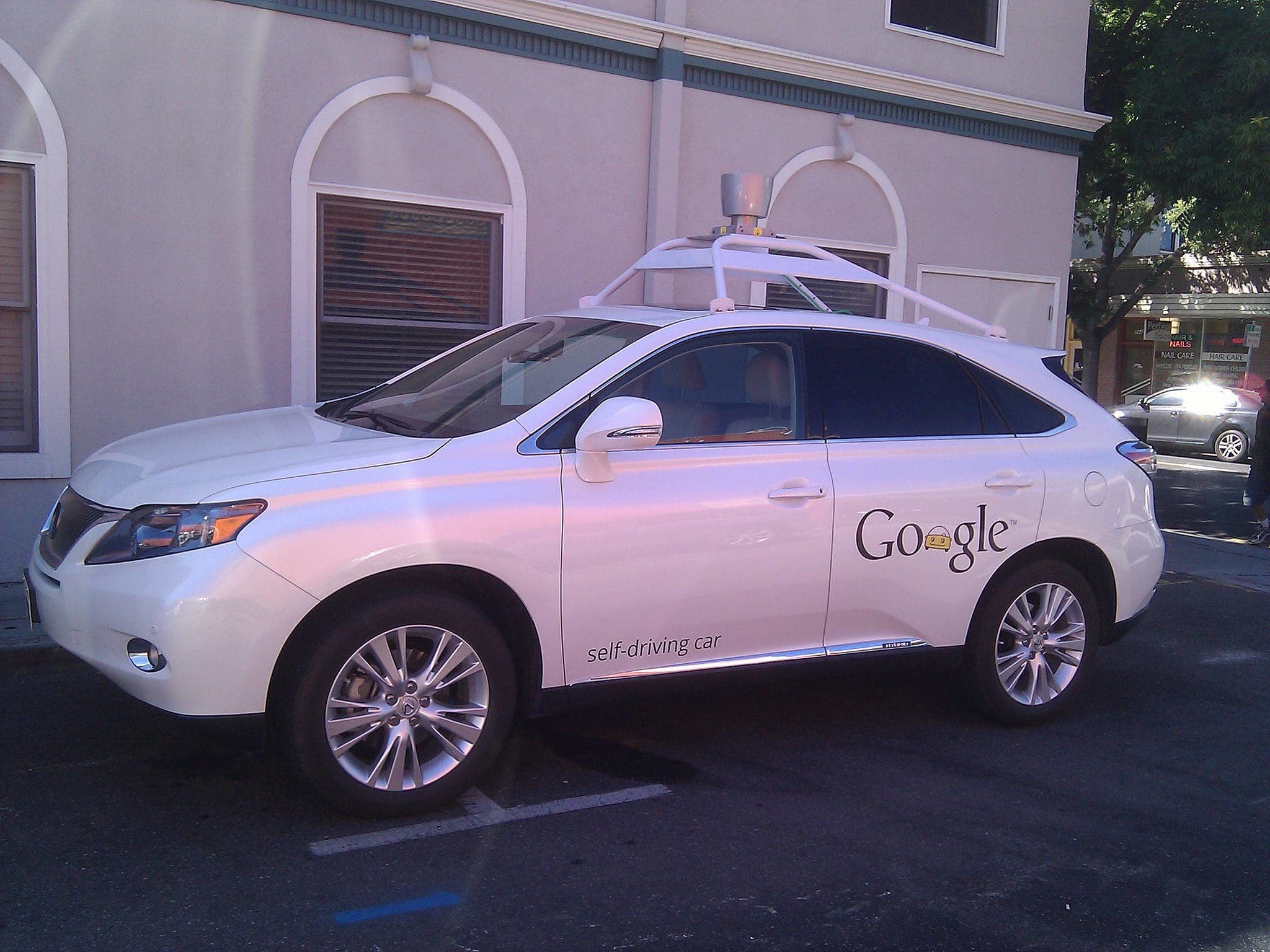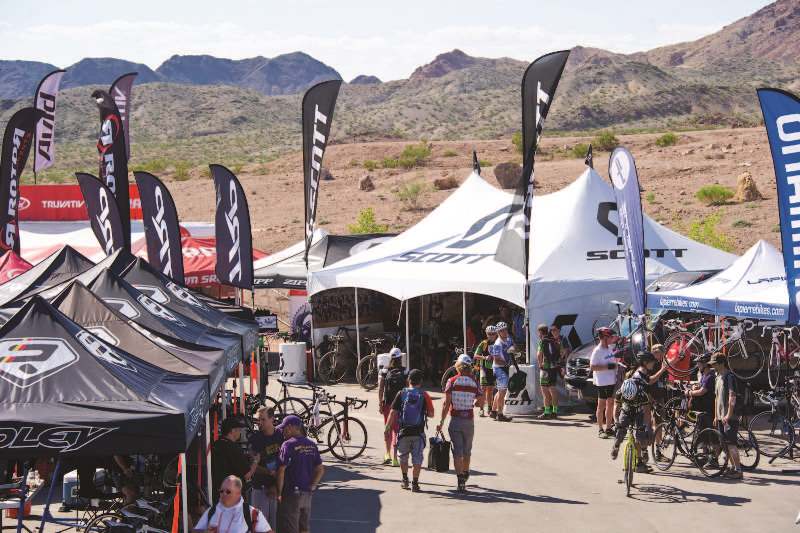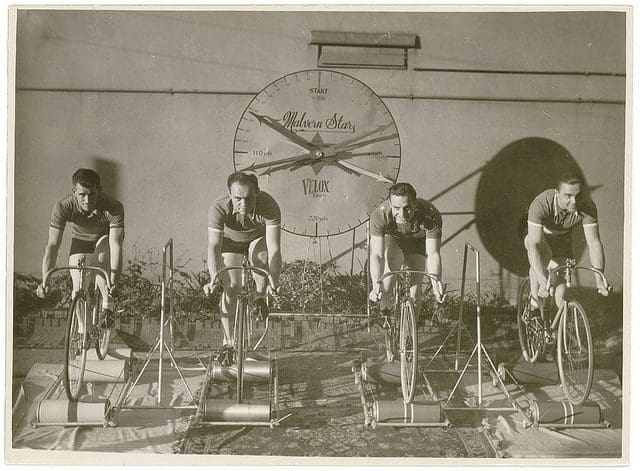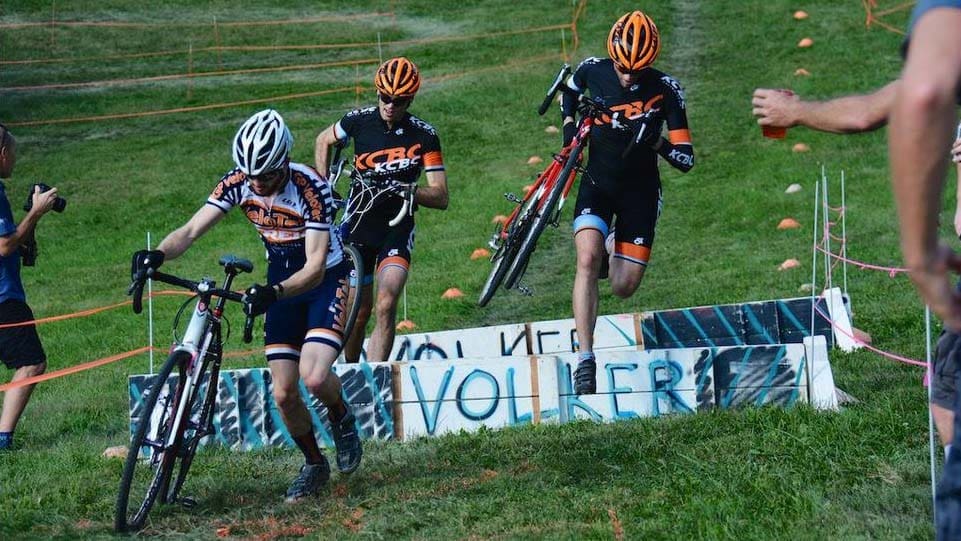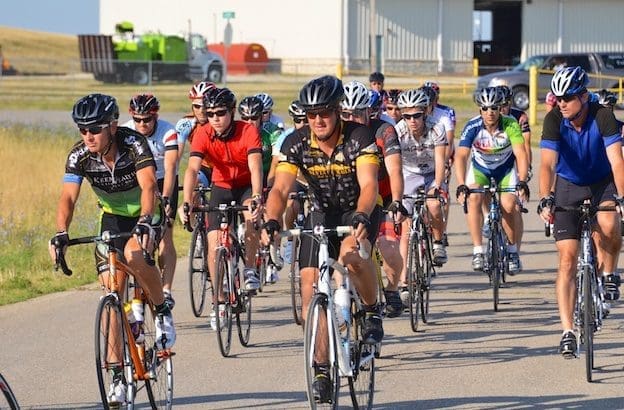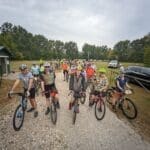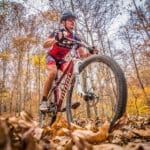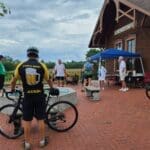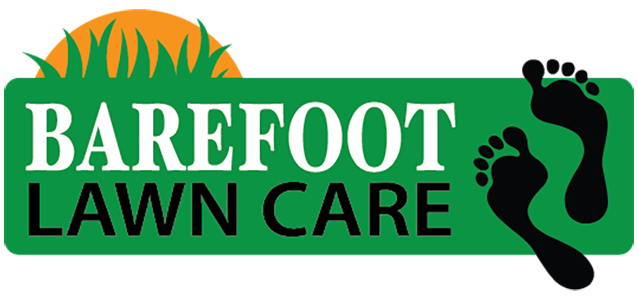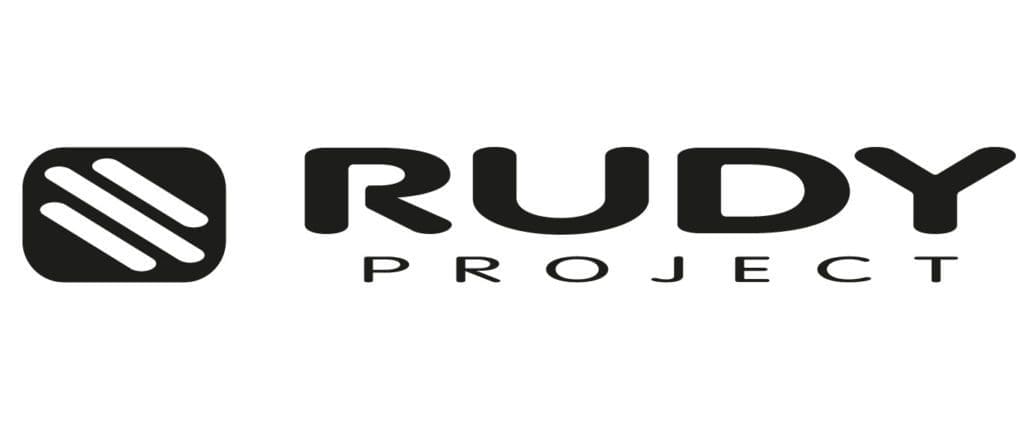This is your chance to voice your opinion regarding automated vehicles and how they relate to non-motorized users. The Missouri Bicycle and Pedestrian Federation has put together the following information regarding this issue:
FHWA and NTHSA put out regulations/ questions on Automated Driving Systems (ADS) for public comment. Comments are due by March 5th. We think this is a good opportunity to weigh in since the FHWA questions specifically ask about impacts on non-motorized modes.
The agencies have received only a few dozen comments so far, so any of you who can submit a comment on behalf of an organization, for example, you could make a significant difference on this issue.
Here is an example of comments submitted regarding this issue. You are free to use this as a template but we do suggeset modifying it to fit your needs and personalize it a bit.
I am writing today on behalf of (Your Organization or Your Name)
We are very concerned about the development of vehicles with Automated Driving Systems as it relates to safety and access for people who walk and bicycle. In Missouri, millions of citizens depend on walking and bicycling for basic transportation and millions more choose to walk and bicycle for transportation, recreation, and health.
All of these vital transportation trips involve interaction with motorized vehicles, and for that reason it is very important that any system of regulation of these motorized vehicles prioritize safety of people who walk and bicycle at the highest possible level.
In general, we strongly support the comments and recommendations of the League of American Bicyclists about the proposed ADS regulations.
We would like to emphasize these points:
* Recent reports show that ADS have a hard time recognizing bicyclists, and we believe more research needs to be done specifically on bicycling, until ADS reaches a high level of success in recognizing and responding to bicyclists. We support research and publicly available information on how ADS recognizes and responds to bicycling and pedestrian facilities. ADS systems that do not properly and consistently recognize bicyclists should not be allowed to operate on public roadways. All liability for injuries, deaths, and property damage under such systems must be the responsibility of the ADS creator or operator.
* Federal-aid Highway programs should be changed to emphasize and incentivize fix it first policies that repair and update existing infrastructure to be enable ADS to perform at safe and effective levels. Repairing and updating infrastructure to serve all users will also enable ADS to detect and avoid bicyclists and pedestrians.
* We also have concerns that preparing for ADS could result in additional restrictions on the mobility of non-motorized users.
For instance, we caution strongly against laws or regulations that may require bicycles be outfitted with expensive equipment to allow cars to connect with them. While we support development of this technology as an optional upgrade, we worry that the technology will make bikes too expensive for many bike owners. The vast majority of bikes sold in the United States cost under $100 dollars. Technology that may only be a tiny fraction of the cost of a car would create a cost barrier for a bicycle. People who bicycle using these inexpensive bicycles depend on those bicycles for basic, everyday transportation–for example, to school, work, shopping, and medical appointments.
Regulations or laws that make it more dangerous or more expensive for these people who depend on bicycling for basic transportation are eliminating or make far more dangerous basic, everyday transportation for these citizens.
Additionally, because such requirements will have far greater impact on transportation system users who are in low income and minority population brackets, any such requirements will have disproportionate impact on underserved populations.
Any such proposed laws or regulations must be evaluated with the impact on these underserved populations in mind.
ADS technology has the potential to greatly improve safety in our transportation system as a whole, and for people who walk and bicycle particularly. However, the exact laws, regulations, and manner of rolling out these new rules and regulations will have a decisive impact on whether that potential for improved access and safety for nonmotorized is completely realized or squandered.
We strongly encourage the greatest attention to access and safety for those of us who access the national transportation system using nonmotorized means.
Where to submit comments/ read FHWA and NHTSA documents
FHWA: https://www.regulations.gov/document?D=FHWA-2017-0049-0001 – ends March 5th
NHTSA: https://www.regulations.gov/document?D=NHTSA-2018-0009-0001 – ends March 5th
When Submitting Comments
Please consider submitting comments yourself- you should feel free to cut and paste from our comments, or simply state that you support the comments submitted by the League of American Bicyclists and include a paragraph stating:
- Key Points
- Recent reports show that ADS have a hard time recognizing bicyclists, and we believe more research needs to be done specifically on bicycling, until ADS reaches a high level of success in recognizing and responding to bicyclists..
- We support research and publicly available information on how ADS recognizes and responds to bicycling and pedestrian facilities
- The same should be true for non-uniform traffic control devices currently allowed under experimental, interim, or interpretation status described on this FHWA webpage: https://www.fhwa.dot.gov/environment/bicycle_pedestrian/guidance/mutcd/
- Federal-aid Highway programs should be changed to emphasize and incentivize fix it first policies that repair and update existing infrastructure to be enable ADS to perform at safe and effective levels. Repairing and updating infrastructure to serve all users will also enable ADS to detect and avoid bicyclists and pedestrians.
- We also have concerns that preparing for ADS could result in additional restrictions on the mobility of non-motorized users.
- For instance, the League cautions against laws that require bicycles be outfitted with expensive equipment to allow cars to connect with them. While we support development of this technology as an optional upgrade, we worry that the technology will make bikes too expensive for many bike owners. The vast majority of bikes sold in the United States cost under $100 dollars. Technology that may only be a tiny fraction of the cost of a car would create a cost barrier for a bicycle.
Photo via Mark Doliner-Wikimedia Commons

